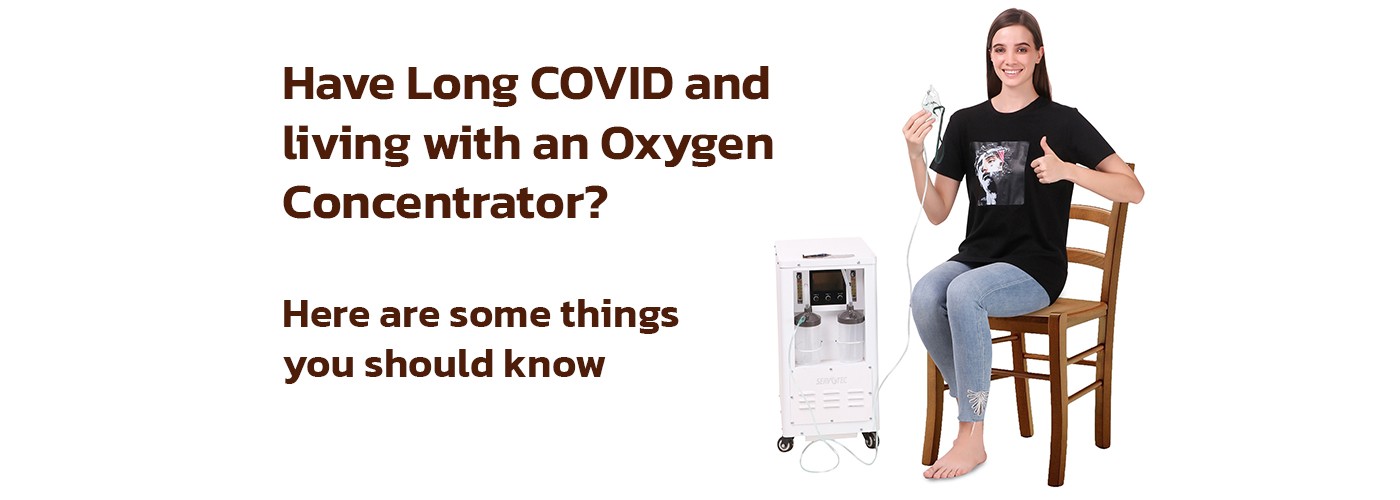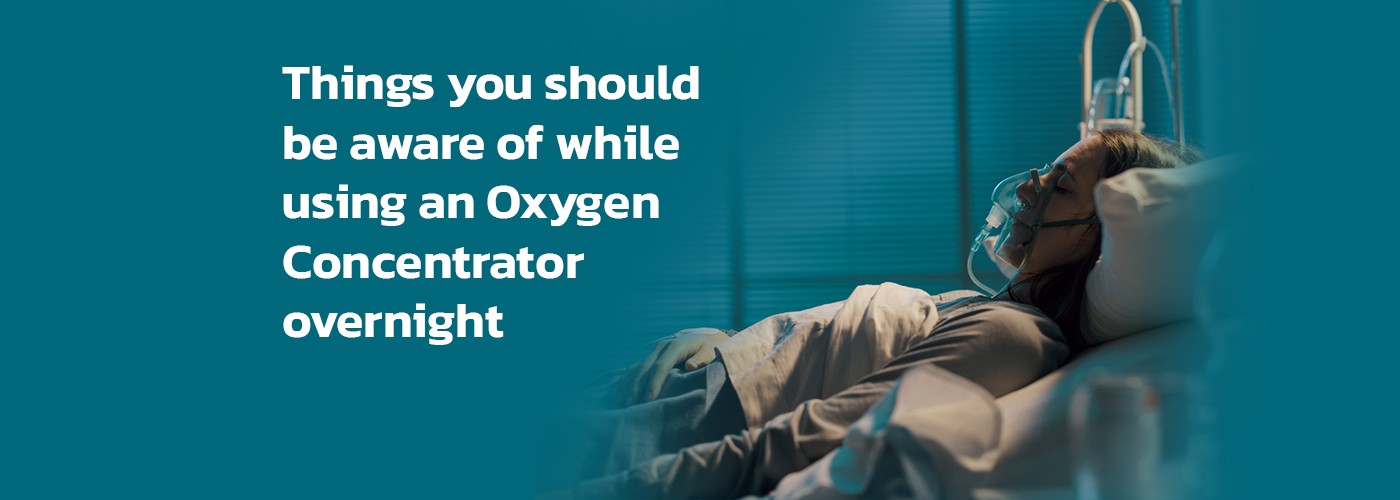Can your Oxygen Concentrator be used while you’re asleep?

While we sleep, our breathing pattern alters. Since we breathe predominantly with our lips, we tend to breathe dearer while we’re asleep, however, others may breathe a bit shallower, too. If you utilize oxygen therapy at night, your nighttime oxygen solution may differ from what you use during the day for supplemental oxygen.
During non-rapid eye movement sleep, a person’s breathing rate usually slows down and becomes irregular. Not everyone can sleep through the transitions. When contacted, your physician may suggest sleeping with an oxygen concentrator to assist you in maintaining your oxygen levels throughout the night.
As you may be aware, oxygen therapy can be quite beneficial for people suffering from respiratory ailments such as COPD. Oxygen therapy might help you get more done in a day and boost your energy levels. However, for those who aren’t used to it, getting used to oxygen treatment can be a pain– particularly if you’re attempting to sleep through it!
Lack of oxygen can result in disturbed sleep cycles
Sleep deprivation affects many pulmonary fibrosis patients, increasing fatigue and lowering quality of life. We may find it difficult to fall and stay asleep. Increased weariness and a poor quality of life are linked to sleep deprivation. Sleep issues can be caused by a variety of issues, one of which is low oxygen saturation.
Patients with pulmonary fibrosis are more vulnerable during the REM (rapid eye movement) phase of the sleep cycle. The most regenerative stage of the cycle, REM sleep, is problematic for PF patients. The diaphragm controls breathing during REM sleep, while the smaller auxiliary muscles are temporarily disabled.
When this happens, those who do not have a lung disease are unaffected, but it is a concern for PF patients. Our blood oxygen levels may drop, causing us to become aware and interrupt our REM slumber. We dream, consolidate our memories, and allow our bodies to recoup and prepare for the next day during REM sleep. Our immune system’s performance can be harmed if we don’t get enough REM sleep.
Consult your doctor if an overnight oximetry study to evaluate your oxygen levels while you sleep may be beneficial. Using oxygen during the night may help you sleep better and feel better in the morning.
For some individuals, pulse dosage portable concentrators can be an efficient nightly alternative; nevertheless, to assure optimal blood oxygen levels while sleeping, a continuous-flow oxygen source is often recommended. A nightly sleep study to monitor your blood oxygen levels and breathing behaviors may be used by your doctor to identify your individual needs. Your physician can calculate exactly what flow setting you’ll require while sleeping based on this study and other tests, allowing you to choose your nightly oxygen machine accordingly.
What to look for in a concentrator with a sleep mode feature?
There are various portable solutions to choose from in instances when a large stationary concentrator is not possible or when travel necessitates a tiny and lightweight nocturnal oxygen solution. Certain features of some portable oxygen devices make them better suitable for overnight use. The concentrators reviewed here are excellent for nighttime use as long as they match your recommended oxygen demands.
The Servotech ST-DE-2A Oxygen Machine is among the most versatile alternatives for meeting both daytime and nocturnal oxygen demands. This machine was designed to satisfy the demands of patients who require supplementary oxygen. It has three modes of oxygen delivery: Continuous Flow Mode, Pulse Mode, and Sleep Mode. This machine is particularly portable because it may be powered by a wall socket. This is the most common oxygen solution for people who travel with sleep therapy equipment, such as a CPAP machine and need oxygen.
You may administer oxygen in a continuous flow that delivers nonstop oxygen up to 2 LPM if your physician has ordered it (liters per minute). The pulse dose mode, on the other hand, can be regulated to a maximum of 6.
The ST-DE-2A is designed for continuous use, and its enhanced ‘Sleep Mode’ delivers a pulse dose of oxygen for a longer period of time, allowing for a more restful night’s sleep. If the patient starts breathing shallowly or via their mouth, the device will switch to continuous flow mode and supply oxygen at a rate of 2 LPM to guarantee appropriate oxygenation.
It’s still the most powerful portable oxygen machine on the market, perfect for people who need continuous oxygen on the go. With a continuous flow rate of up to 3 LPM and pulse flow settings ranging from 1 to 9, this machine will meet the majority of oxygen users’ nighttime dose needs.
This machine can alter bolus size based on your breathing patterns when in pulse dose mode, ensuring constant and reliable oxygen delivery and patient comfort. If a patient breathes too softly to activate pulse flow delivery, this equipment has a sensor that will sound an alarm. The continuous flow mode is recommended to eliminate disruptions when sleeping.




